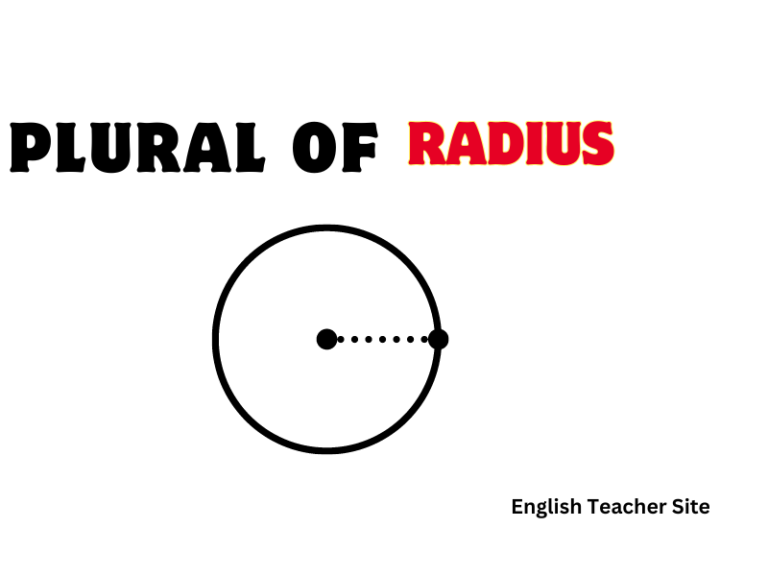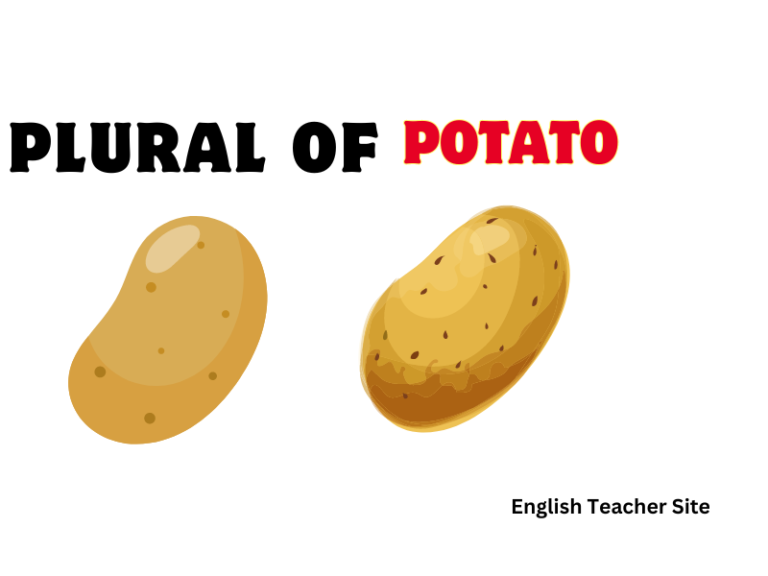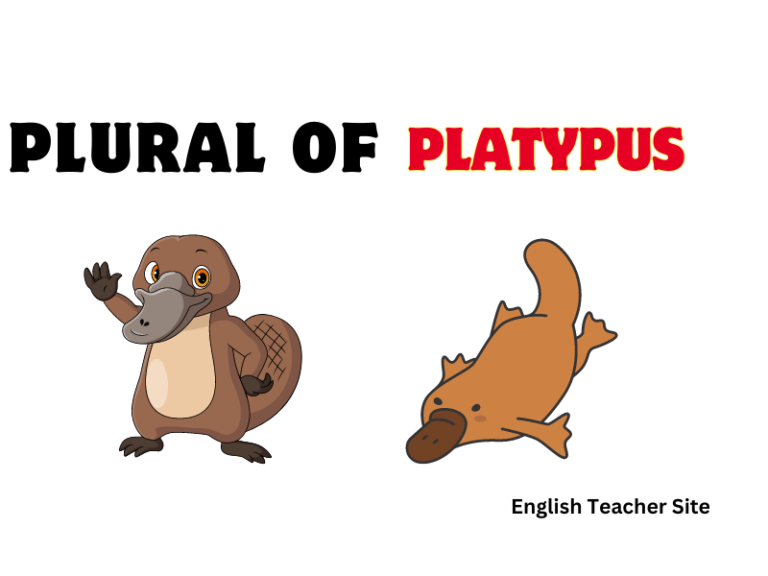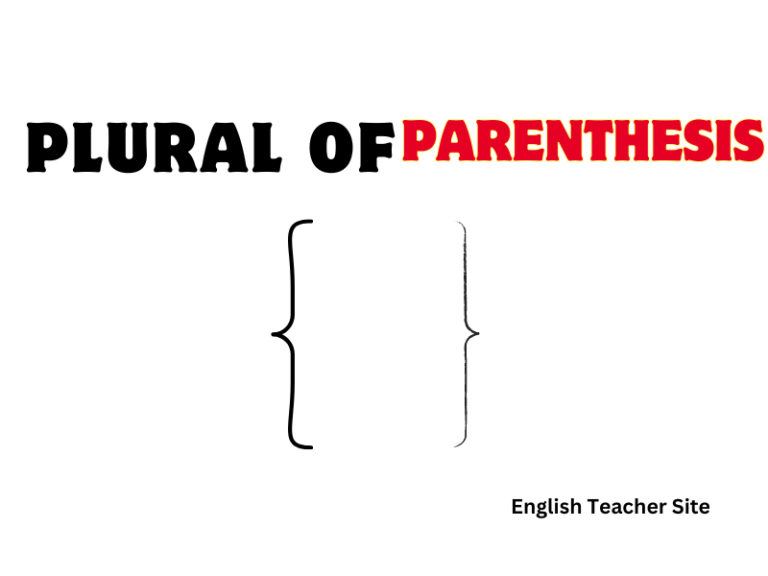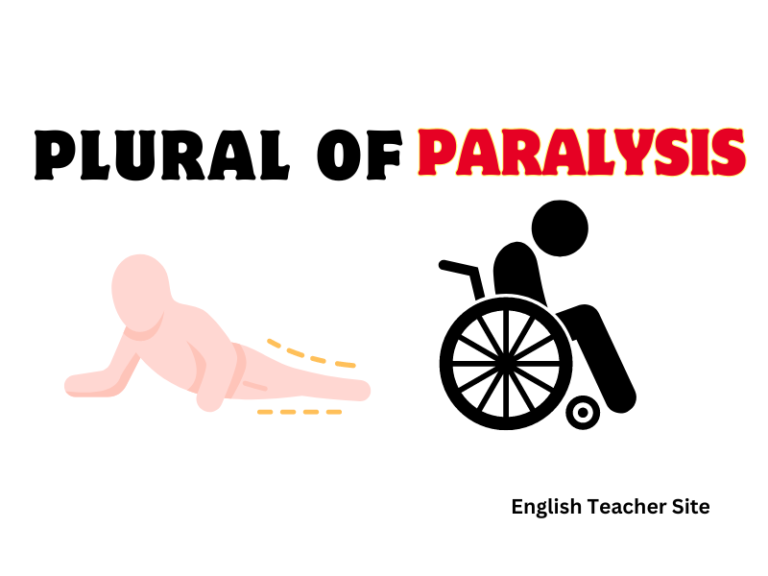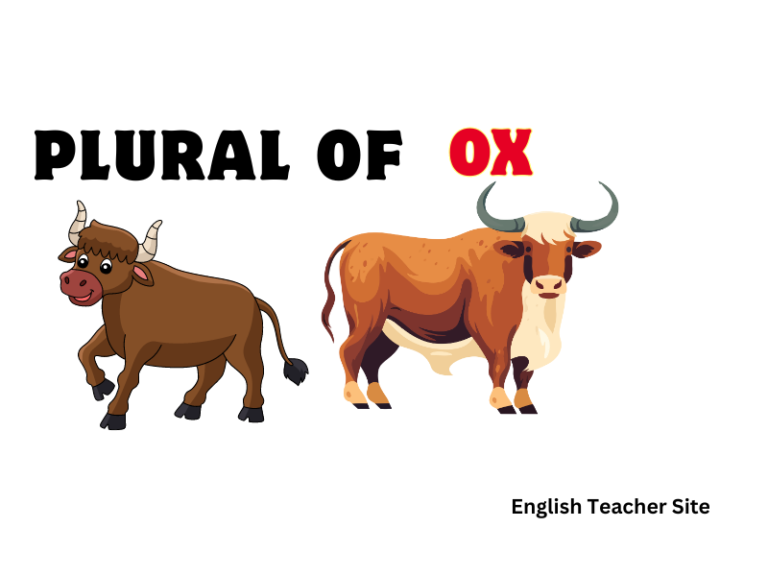What’s the Plural of Radius: Understanding Geometric Terms
The plural form of “radius” can be either “radii,” following the original Latin pluralization, or “radiuses,” adapting to the standard English method of adding an -es to form plurals. Interestingly, though both forms are correct, “radii” is often used in mathematical contexts, while “radiuses” may be found in more general language. This dual option in…

